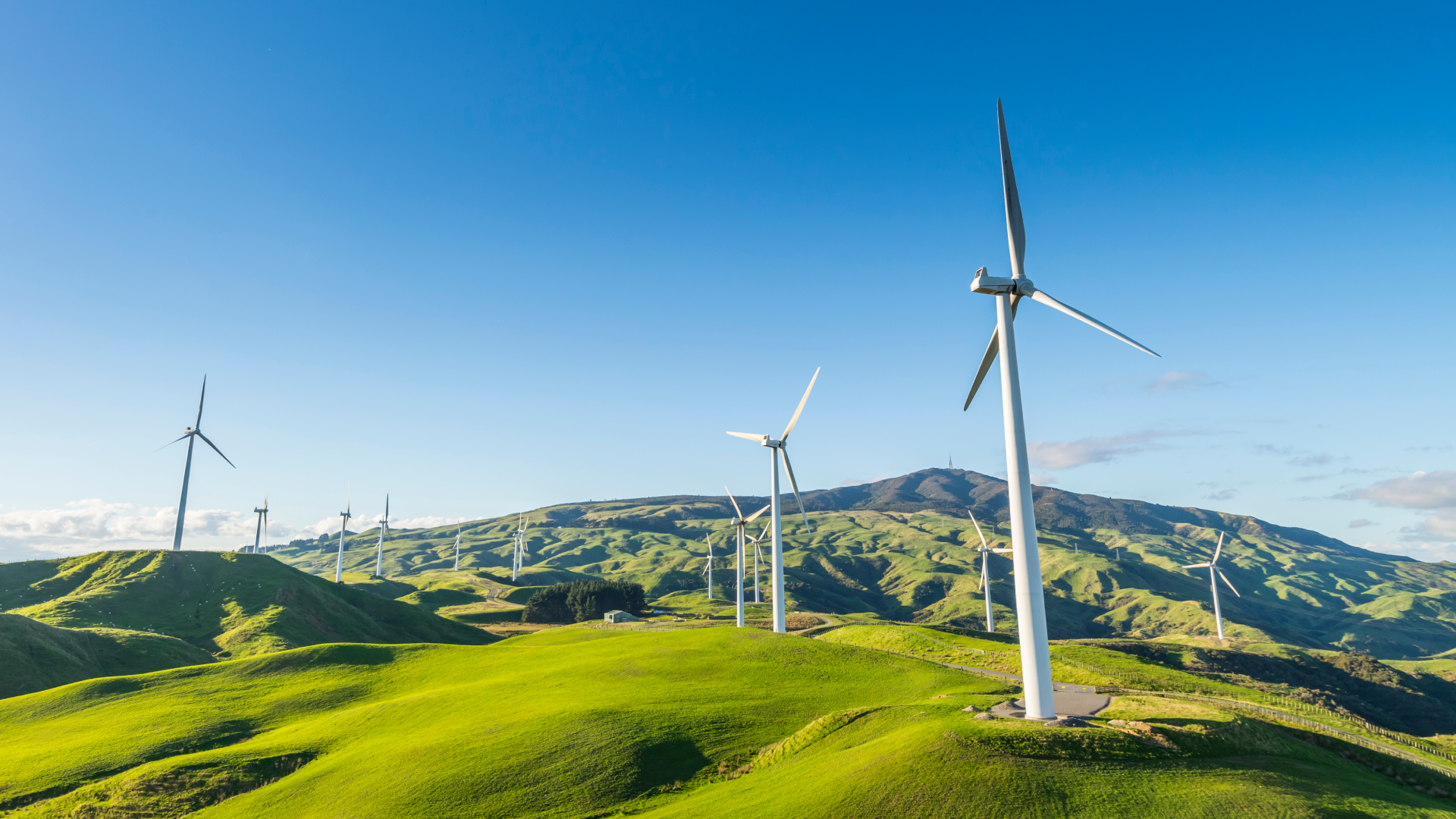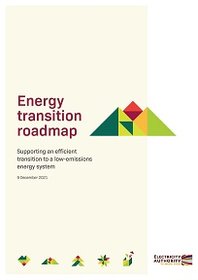Powering the future
As New Zealand’s electricity regulator, we're working with the sector to achieve Aotearoa’s commitment of net zero emissions by 2050.

Our role in New Zealand's renewable energy transition
New Zealand has committed to achieving net zero greenhouse gas emissions by 2050 (other than for biogenic methane). Electricity has a key role to play in achieving New Zealand’s climate ambitions. The changes required, and the speed at which these changes must be implemented, is unprecedented.
The Electricity Authority is working with generators, retailers, distributors and the system operator to navigate a clear path through New Zealand's renewable energy transition. Our work focuses on making sure that Aotearoa can make the transition as efficiently as possible, without compromising energy security, system adaptability and consumer affordability.
We need to provide a predictable regulatory environment with robust rules and clear price signals to support increased electrification of heat and transport, and the development of renewable generation. It requires a fine balance between supply and demand to ensure the right investment occurs at the right time and in the right places.
The future of electricity
No one can say what the future holds, however we know the low-emissions transition will be spearheaded by decarbonisation across New Zealand’s energy system and the wider economy.
Decarbonising the electricity sector involves significantly reducing the use of fossil fuels and increasing the use of electrification for transportation and process heat (for industrial processes). This will involve the widespread adoption of distributed energy resources, solar panels, smart appliances, and energy storage systems in homes and workplaces. It will result in an increase in digital tools required to manage energy resources and resulting system complexity.
The significant increase in demand for electricity will require large quantities of new renewable electricity generation, increased use of distributed energy resources, new ways to participate and more participants – changing the dynamics of the electricity system and markets.
External factors such as climate change will have an impact on the transition. The increased occurrence of extreme weather events will test the electricity system’s resilience, and increased risk from cyber-attacks will challenge the system’s operational security and integrity.
Our energy transition roadmap
We are working hard to support the sector and ensure an efficient transition to a low-emissions energy system. This will maximise the benefits to consumers, lead to lower electricity prices and a secure and resilient electricity system for generations to come.
Our energy transition roadmap outlines the work we're delivering to facilitate an efficient renewable energy transition. It includes key shifts, opportunities and challenges.
Key projects
To achieve net zero emissions by 2050 in New Zealand, we are focused on the following projects:
- Future security and resilience work programme - Ensuring New Zealand’s power system remains stable, secure and resilient as it evolves over the coming decades.
- Distribution networks regulatory reform - Improving competition and innovation on distribution networks to support a low-emissions economy.
- Managing peak winter electricity demand - Improving the reliability of New Zealand’s electricity supply by ensuring there is enough electricity at times of increased demand.
- Extended reserves implementation - Supporting increased flexibility and resilience in the electricity system.
- Managing the transition - Supporting the wholesale electricity market to develop and ensure it remains competitive through the transition.
- Increased monitoring of market activities and outcomes - Proactively monitoring market activities to ensure the market is appropriately responding to challenges.
- Ancillary services review - Enabling greater uptake of new technologies to support dynamic management of the power system.
- Promote demand-side responses - Enabling growth of intermittent generation and realising the benefits of real-time pricing.
- Distributed generation connection - Promoting efficient investment in distributed generation.
- Price signals - Improving the efficiency of transmission pricing to send better signals to consumers about the cost of using the grid and promote more efficient investment.
Energy strategy and decarbonisation
The Government is developing a New Zealand Energy Strategy to support the transition to a low carbon economy, address strategic challenges in the energy sector, and signal pathways away from fossil fuels. This work is being led by the Ministry for Business, Innovation and Employment (MBIE).
MBIE will collaborate and engage with treaty partners and energy system stakeholders to develop the Energy Strategy by the end of 2024.
Corporate documents
Learn about our strategy and performance.
